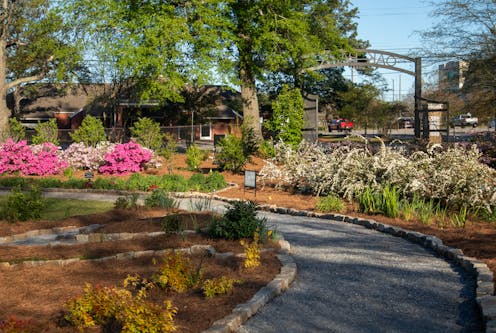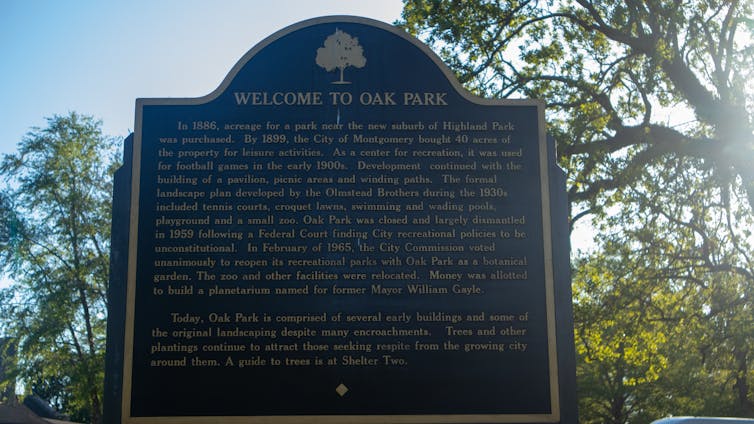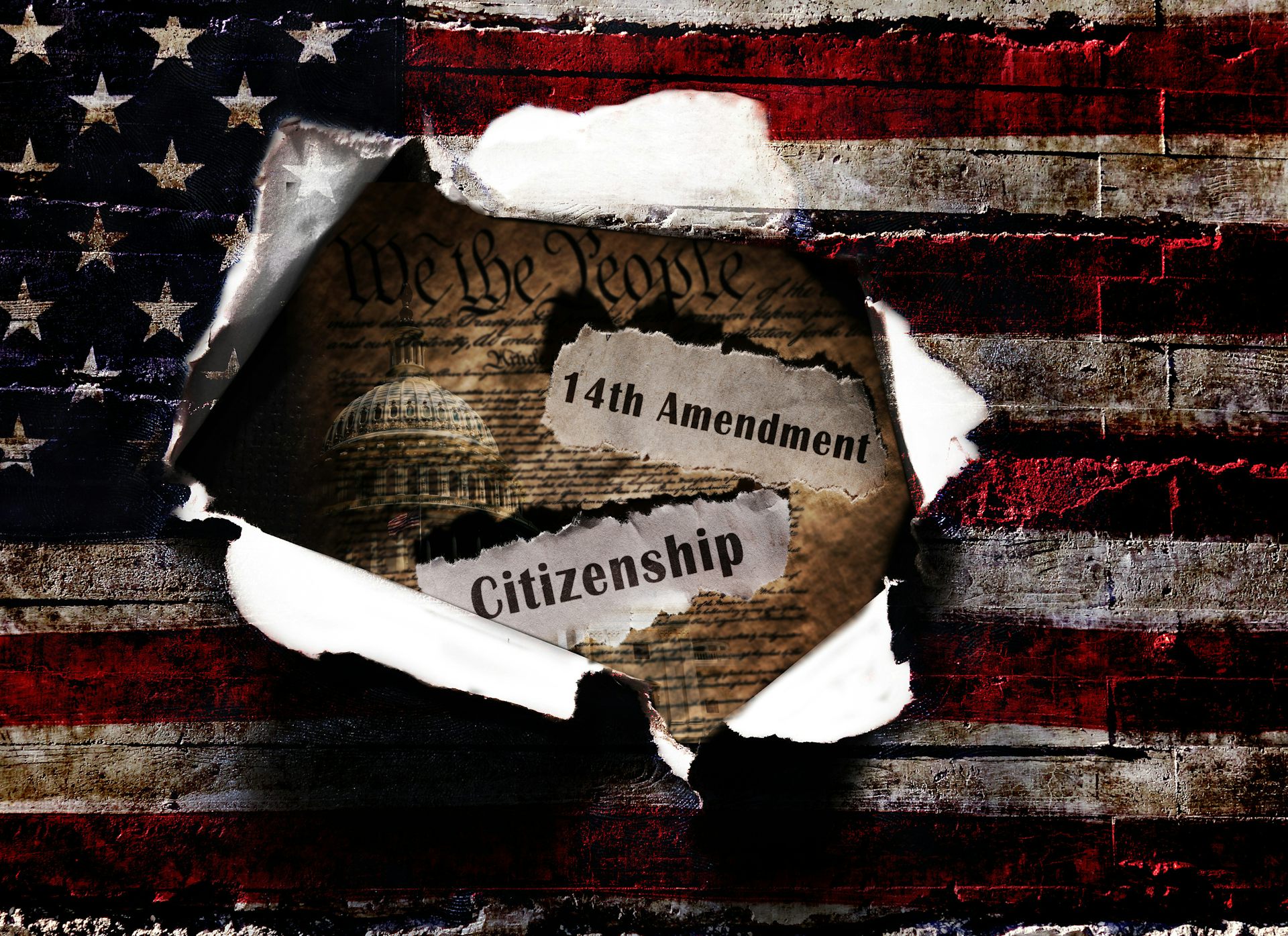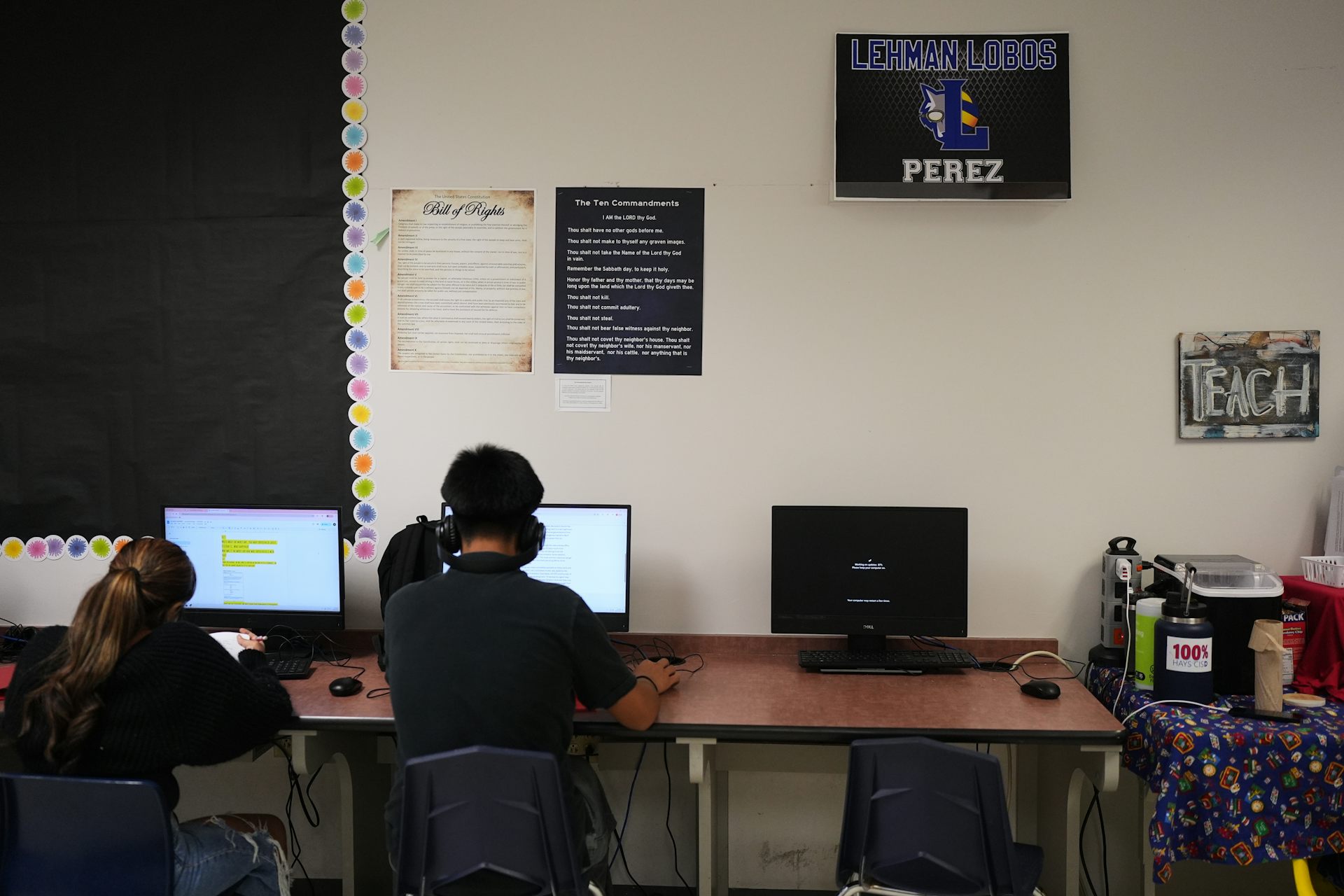Buses weren’t the only civil rights battleground in Montgomery – the city’s parks still reflect a hi
Montgomery once closed all of its parks rather than desegregate them. Today, the city’s long history of racial inequality is still reflected in the state of its parks and green spaces.

Montgomery, Alabama, touts itself as the birthplace of the U.S. Civil Rights Movement. But although Montgomery now embraces its history of bus boycotts and protest marches, it remains one of the most segregated U.S. cities, and still struggles with racial inequality.
Today, Montgomery’s population is almost 60% Black. The poverty rate among Black residents is 30.8%, compared to 10.6% among white residents. The city’s infrastructure is deteriorating, and its tax base is shrinking.
Cities with histories of segregation tend to suffer more from systemic racism that remains in the veins of their planning laws and policies. As a scholar of urban design and planning, I wanted to know more about how Montgomery’s history affected access to parks and public spaces there. My research explains how the city’s history still influences modern planning and creates unequal access to parks.
Separate and unequal parks
In the Jim Crow era, from the 1870s through the mid-20th century, Southern cities enforced segregation in schools, transportation, recreational facilities and parks to prevent racial mixing. The Civil Rights Act of 1964 outlawed such practices, but they had lingering effects.
In 1957, Montgomery adopted an ordinance that made it a misdemeanor for any person to use public parks or other places except those assigned to their race. Four of the city’s 14 parks were designated as Black-only and 10 as white-only, although the population was almost 44% black.
Parks for Black residents were in much worse condition than those for white residents. Some white-only parks, such as Oak Park, were located in Black neighborhoods, but Black residents were subject to arrest for entering them.

Tacitly maintaining segregation
In 1958, Black Montgomery residents filed a class action lawsuit challenging the park segregation policy. Montgomery officials responded by closing all city parks, although they continued to maintain them.
After a federal court in Alabama ruled for the plaintiffs in 1959, the city reopened some parks, but gave private segregated schools exclusive use of certain sites. It also renamed the Parks and Recreation Department as the Recreation Department, which enabled it to steer funding toward recreational facilities such as swimming pools that restricted access by requiring paid memberships.
Plaintiffs reopened the desegregation case in 1970, and it reached the Supreme Court in 1974. There, Justice Harry Blackmun described the city’s response to the 1959 ruling as “an elaborate subterfuge to anticipate and circumvent the court’s order.”
In the following years, desegregation laws spurred white flight to the suburbs. As Montgomery lost white residents and their tax payments, it annexed surrounding areas. This left the central city and its existing parks mainly to Black residents, while white residents resettled in suburbs with new parks.
Urban renewal initiatives in the 1950s and 1960s demolished, privatized or repurposed some of Montgomery’s high-quality parks. For example, Interstate Highway 85 was routed through Oak Park, a Black middle-class neighborhood. Urban planning scholar Rebecca Retzlaff calls this a deliberate effort to displace civil rights leaders and middle-class Black households. Building highways through Black neighborhoods in Montgomery and elsewhere also exposed these areas to increased noise and air pollution.
Montgomery’s parks today
Today, Black residents of Montgomery have unrestricted access to the city’s 65 parks. However, in a 2019 report, Montgomery’s Recreation Department stated that while “overt and systemic regulatory structures based on race or ethnicity have been eliminated, the legacy of this framework can still be seen in many ways.”
To investigate current park resources in Montgomery, I surveyed 63 city parks using five criteria to measure access, quality and park conditions.
– Accessibility: the number of residents living within a half-mile walk of a park
– Recreational facilities: features like playing fields, playgrounds and swimming pools
– Other amenities: non-sporting facilities, such as picnic tables and rest rooms
– Natural features: landscaped areas, flower beds and ponds
– Incivility: the presence of trash, graffiti, noise or evidence of drug or alcohol use, such as empty liquor bottles and used needles
I found that 36 of the parks I assessed were within half a mile of majority-Black neighborhoods. This increased access partly reflects the growth of the city’s Black population as white residents moved to the suburbs.
However, my scoring ranked 83% of parks catering to Black residents as poor quality, with only 8% of mediocre quality and 9% of good quality. For parks catering to white residents, the comparable figures were 50% of poor quality, 31% of mediocre quality and 19% of good quality. The key factor behind this disparity was maintenance, as measured by the amount of trash, noise, vandalism and evidence of illegal activities.
Park size also matters. Most Black Montgomery residents live close to small neighborhood parks, which my survey found were in the most distressed condition. Larger community parks generate revenue from community and sports events, so city officials tend to steer more money to these sites.
Park access and environmental justice
Research shows that access to nature is important for people’s physical and mental health. This makes public parks vital resources, especially in urban areas. Poor people and people of color often have less access to parks, which tend to be in areas with high housing prices.
My research shows how systematic disinvestment can perpetuate unequal park access in cities with histories of segregation. With limited funding, cities such as Washington, D.C., and Philadelphia have tended to invest in large community parks. Many small neighborhood parks, which are crucial for equal access, need improvement.
Montgomery’s comprehensive plan, Envision Montgomery 2040, calls for upgrading parks and recreation facilities and maintaining them more effectively. Involving residents in setting priorities for park projects could help make these investments more equitable – especially if they target small parks in distressed neighborhoods, where the legacy of segregation still lingers.
Binita Mahato does not work for, consult, own shares in or receive funding from any company or organization that would benefit from this article, and has disclosed no relevant affiliations beyond their academic appointment.
Read These Next
The Supreme Court’s decision on birthright citizenship will depend on its interpretation of one phra
Advocates for each side will provide a different explanation for who falls under ‘the jurisdiction’…
Vaccine committee votes to scrap universal hepatitis B shots for newborns despite outcry from childr
The decision undoes a highly effective 34-year prevention strategy that has nearly eliminated early…
3 states are challenging precedent against posting the Ten Commandments in public schools – cases th
New laws mandating the Ten Commandments’ display in schools have faced lawsuits in Texas, Louisiana…






